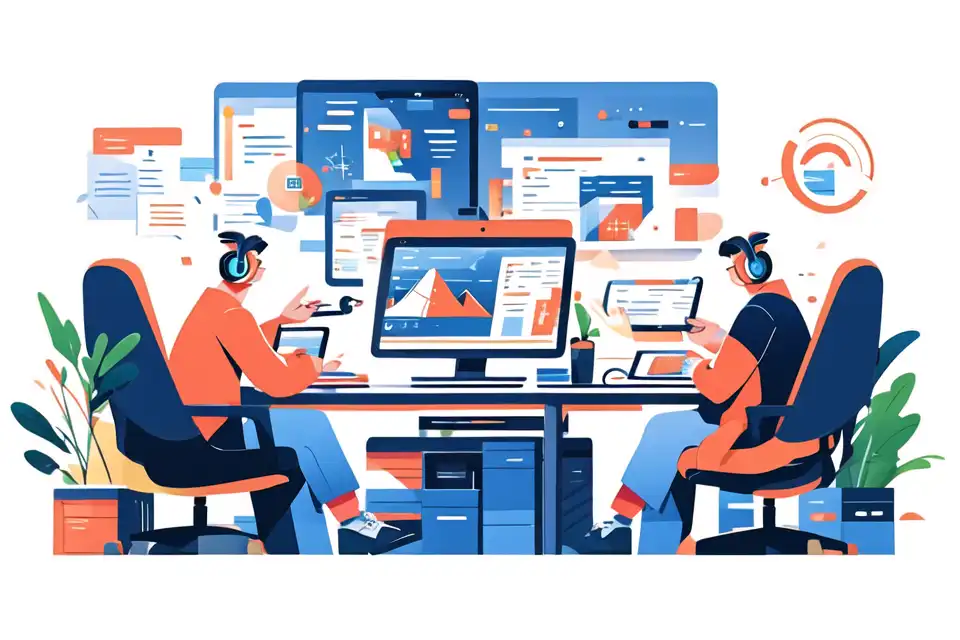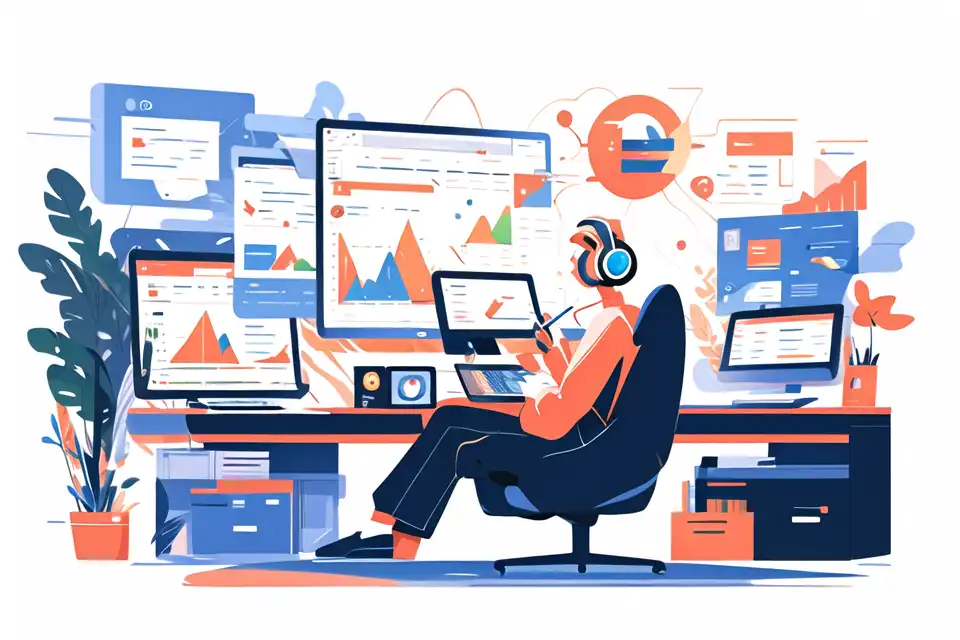Hard Goals for Human Resources Teams
Unlock the power of hard goals for human resources teams with our comprehensive guide. Explore key goal setting techniques and frameworks to drive success in your functional team with Lark's tailored solutions.
Try Lark for Free
As HR professionals navigate the complex terrain of talent management, performance enhancement, and organizational development, the adoption of robust goal-setting mechanisms becomes imperative. In this preface section, we acknowledge the critical role of hard goals in shaping the HR landscape, setting the stage for a comprehensive exploration of their practical applications and benefits.
Leverage Lark OKR for enhanced goal setting within your team.
Understanding hard goals
Championing the notion of specific, measurable, achievable, relevant, and time-bound (SMART) objectives, hard goals epitomize a paradigm shift from traditional goal-setting approaches. Within the realm of human resources, these challenging objectives are tailored to stimulate growth, foster development, and drive performance at individual, team, and organizational levels. By fostering a deeper understanding of hard goals, HR professionals can harness their transformative potential to steer unprecedented success.
Benefits of hard goals for human resources teams
Enhanced Employee Engagement
The integration of hard goals into the HR framework serves as a catalyst for bolstering employee engagement and commitment. By delineating clear and challenging objectives aligned with individual roles, HR teams instill a sense of purpose, ownership, and motivation among employees, fostering a culture of high-performance and accountability. Consequently, the workforce becomes more engaged, enthusiastic, and driven to achieve remarkable results, propelling organizational success.
Improved Performance Management
Hard goals profoundly impact performance management practices within HR environments, providing a structured framework for evaluating individual and team accomplishments. This results-oriented approach enables HR professionals to ascertain employee contributions, identify skill gaps, and tailor targeted developmental interventions, ensuring enhanced productivity and performance optimization across the organizational spectrum.
Increased Organizational Agility
Embracing hard goals infuses HR functions with an unparalleled agility to adapt and respond to evolving business landscapes. By propelling proactive goal-setting that resonates with broader organizational objectives, HR teams cultivate an environment of innovation, adaptability, and strategic alignment, equipping the organization to navigate uncertainties and capitalize on emerging opportunities with unparalleled finesse.
Steps to implement hard goals for human resources teams
Step 1: Defining Clear and Measurable Objectives
- Initiate the goal-setting process by assessing the strategic imperatives of the HR function and identifying specific areas for performance enhancement.
- Engage key stakeholders to collaboratively design hard goals that are measurable, achievable, and aligned with the overarching organizational mission and values.
- Utilize quantitative metrics and qualitative benchmarks to ensure the quantifiability and relevance of the established hard goals, promoting objectivity and clarity.
Step 2: Aligning Hard Goals with Organizational Objectives
- Synthesize the hard goals formulated within the HR domain with the strategic objectives and key performance indicators of the broader organization to foster seamless integration and synergy.
- Foster cross-functional collaboration to ascertain the interdependencies between HR-centric hard goals and the operational targets of other business units, ensuring a harmonized approach towards goal attainment.
Step 3: Communicating and Cascading Hard Goals
- Employ a proactive communication strategy to elucidate the rationale, significance, and potential impact of hard goals to all levels of the HR hierarchy, fostering clarity, understanding, and commitment.
- Establish a cascading mechanism to disseminate hard goals across individual departments, teams, and employees, ensuring alignment with their respective roles, responsibilities, and developmental aspirations.
Step 4: Implementing Support Systems and Resources
- Identify and allocate the necessary resources, tools, and infrastructure to underpin the pursuit of hard goals within the HR function, amplifying the prospects of successful goal realization and sustainable performance.
Step 5: Continuous Evaluation and Adaptation
- Institute a robust feedback mechanism and performance review framework to continuously monitor the progress, challenges, and achievements related to hard goals, paving the way for dynamic adaptations and mid-course corrections.
Learn more about Goal Setting for Teams with Lark
Common pitfalls and how to avoid them in human resources teams
Pitfall 1: Unrealistic Goal Setting
- It is essential to strike a delicate balance between setting ambitious, challenging goals and ensuring their achievability within the given timeframe and resource constraints.
- Leverage historical performance data and benchmarking exercises to inform the realism of hard goals, fostering an evidence-based approach to goal setting.
Pitfall 2: Inadequate Employee Buy-In and Engagement
- Prioritize inclusive communication, employee involvement, and participation in the formulation and deployment of hard goals, fostering a sense of ownership and commitment among the workforce.
- Institute a culture of recognition and rewards to reinforce employee engagement and dedication towards the pursuit of hard goals, cultivating an environment of shared success and empowerment.
Pitfall 3: Neglecting Adaptation and Flexibility
- Embrace an agile mindset within the HR framework, acknowledging the need for adaptability, flexibility, and responsiveness to unexpected challenges and opportunities in the pursuit of hard goals.
- Cultivate a culture of learning, introspection, and continuous improvement, enabling HR teams to iteratively recalibrate hard goals in response to dynamic organizational dynamics and market fluctuations.
Learn more about Goal Setting for Teams with Lark
Leverage Lark OKR for enhanced goal setting within your team.








